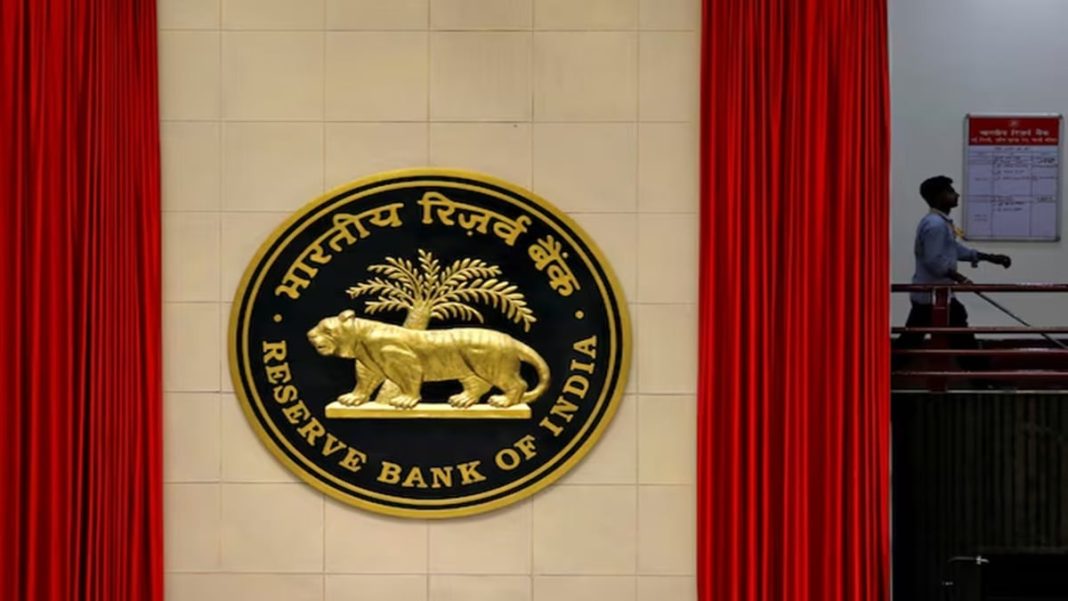RBI’s New M&A Financing Rules Empower Banks with Guardrails
The Reserve Bank of India’s draft guidelines permitting banks to offer acquisition financing, released on October 24, could be a game-changer for domestic lenders. Public sector banks are gearing up to leverage their international presence to participate in large-ticket M&A deals.
Key Takeaways
- RBI allows banks to directly fund mergers, acquisitions, and corporate takeovers
- Potential credit opportunity estimated at Rs 1-5 lakh crore for banks
- Strict eligibility criteria: only profitable listed companies qualify
- Exposure capped at 10% of banks’ Tier 1 capital
Banking Sector Enthusiasm
“This opens up a significant strategic opportunity for us to deepen our global footprint and support cross-border consolidation with greater agility and scale,” said Ashwani Kumar, MD & CEO, UCO Bank.
Rajneesh Karnatak, MD & CEO, Bank of India, agreed: “The relaxation on acquisition financing marks a major step in corporate credit and opens a significant new business avenue for banks. We are looking forward to leveraging our global presence, including our operations in the GIFT City, to support such transactions.”
Strategic Shift in Lending
“By enabling acquisition finance, the RBI is strengthening India’s financial sovereignty,” said Sudhakara Reddy, Associate Professor at IIM Calcutta. “Domestic banks now have the tools to support big-ticket deals with speed, insight, and structure, reducing dependence on foreign capital and shadow lenders.”
He believes this move will compel banks to shift from transactional lending to strategic financing. “Acquisition finance isn’t about assets; it’s about backing business control and future growth. It demands sharper judgement and a deeper understanding of corporate ambition.”
Restrictive Eligibility Criteria
The RBI has implemented significant guardrails. “The guidelines are designed to ensure that only credible, listed entities with proven track records can access this form of financing,” says Sanjay Agrawal, Senior Director at CareEdge Ratings.
Under the proposed rules, only listed companies that have posted profits for three consecutive years will be eligible for acquisition loans. This has drawn criticism for being overly restrictive.
“This is highly restrictive, as unlisted Tata Sons acquiring Air India would be prevented under this clause,” said a senior banker from a private sector lender.
Industry Concerns
Bankers have raised concerns about several provisions:
- 30% equity requirement: The mandate for minimum 30% equity from acquirer’s own funds is seen as overly prescriptive
- 3:1 debt-to-equity cap: This ratio raises concerns for deals involving distressed assets like Air India or Bhushan Steel
- Domestic focus: The framework currently appears limited to domestic acquisitions only
“On a big picture basis, it doesn’t answer all the questions,” said Paritosh Kashyap, Wholetime Director at Kotak Mahindra Bank. “As an Indian bank, we would want to look at how we can finance acquisitions by domestic corporates or even foreign corporates who are acquiring in India.”
Risk Management
The guidelines cap bank exposure at 10% of their Tier 1 capital, reinforcing the RBI’s cautious stance. According to Capitaline, 32 public and private sector banks have a combined net worth of close to Rs 28 lakh crore, making nearly Rs 2.8 lakh crore available for acquisition financing.
“Banks are being positioned as fixed-rate capital providers, not bearers of end-of-tail risk,” noted Agrawal of CareEdge. “The RBI wants to avoid scenarios where banks are left holding the bag if a deal goes south.”
Market Impact
India’s M&A market has matured considerably over the past decade. Foreign banks have traditionally dominated acquisition financing, often leveraging their overseas branches. The RBI’s move aims to level the playing field for domestic banks and reduce reliance on foreign capital.
“The private credit market is developing, and this move by the RBI complements that evolution,” Agrawal said. “It’s a step towards building a more robust, diversified financing ecosystem for corporate India.”
While the current framework has restrictions, experts believe future iterations may expand eligibility and scope. Acquisition finance will push lenders to evolve, giving banks a chance to become partners in industrial transformation, not just providers of capital.




